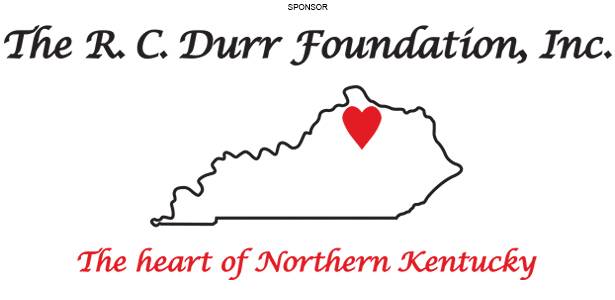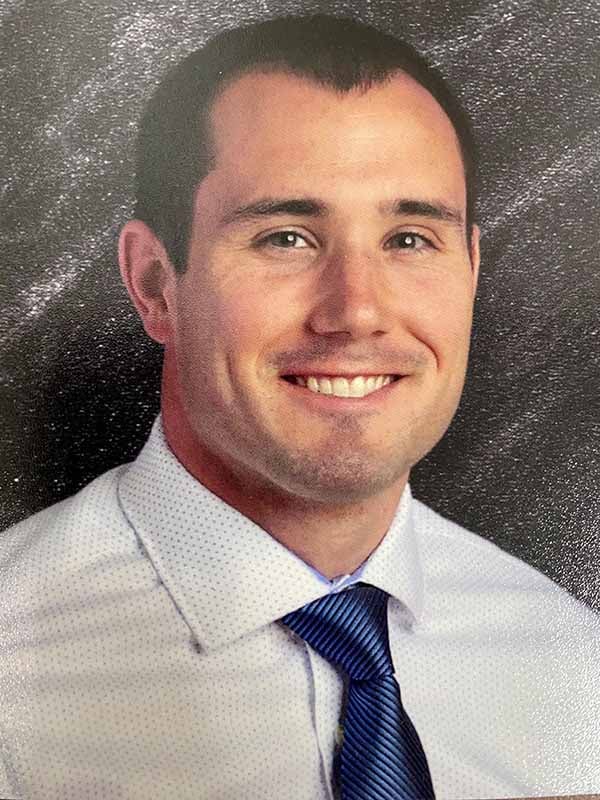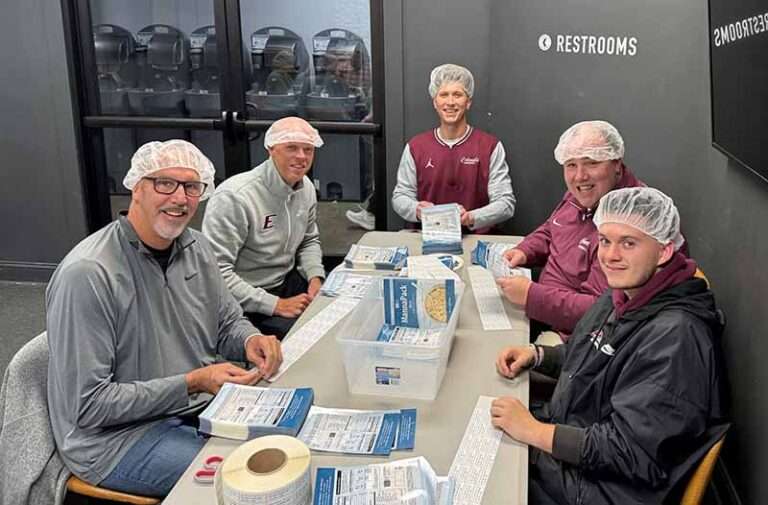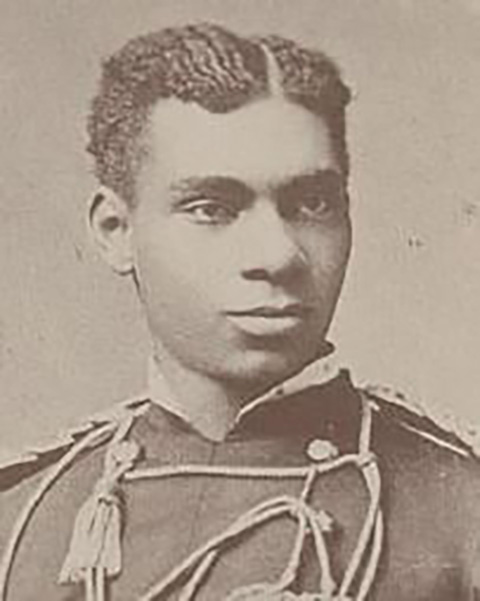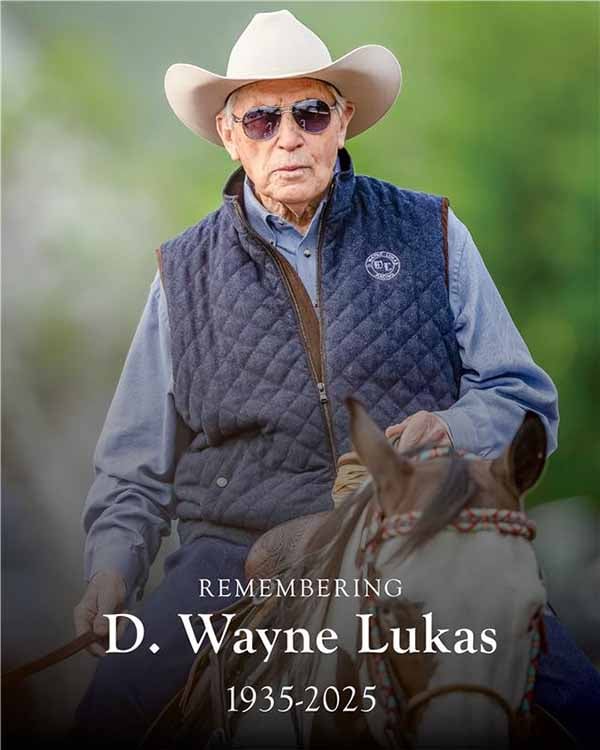By Paul A. Tenkotte, PhD
Special to NKyTribune
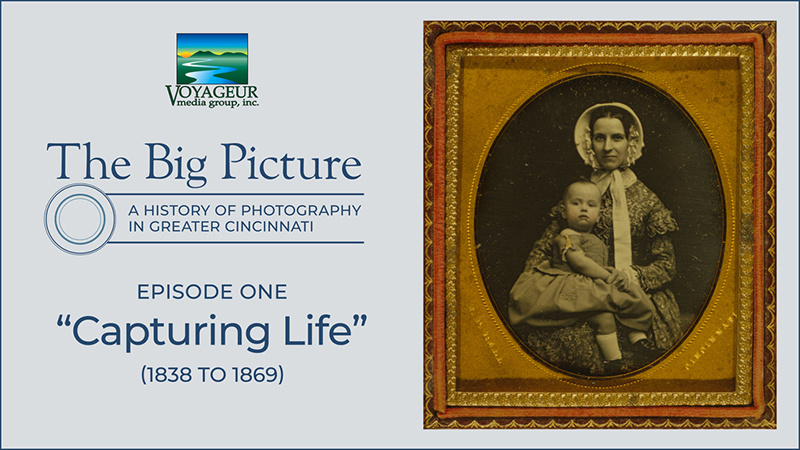
Cincinnati. (Image courtesy Library of Congress.)
Each day we pick up our smart phones and perhaps snatch a photo or video of a person, place, or event that we enjoy and want to share with others. Social media brims with images, recording our lives in terms of both quantity and quality unimaginable decades ago. Perhaps some of us remember when photography wasn’t so easy. You needed a camera, a roll of negative film, and then a place to develop the negatives into prints. But what about a time when all of that was not available? What about when the basic technology and art of photography was just emerging?
Voyageur Media, and project director Tom Law, bring the early years of photography in Greater Cincinnati to life in a new documentary release, appropriately entitled “Capturing Life (1839-1869).” The Voyageur Media team is a 501c3, nonprofit organization whose mission is “the creation of public media projects about science, history and culture.” With a long list of award-winning video productions behind their name, Voyageur’s team of researchers, writers, and videographers is among the nation’s best. Past videos include Searching for the Great Hopewell Road, and Sacred Spaces of Greater Cincinnati (Voyageur Media Group, Inc.).
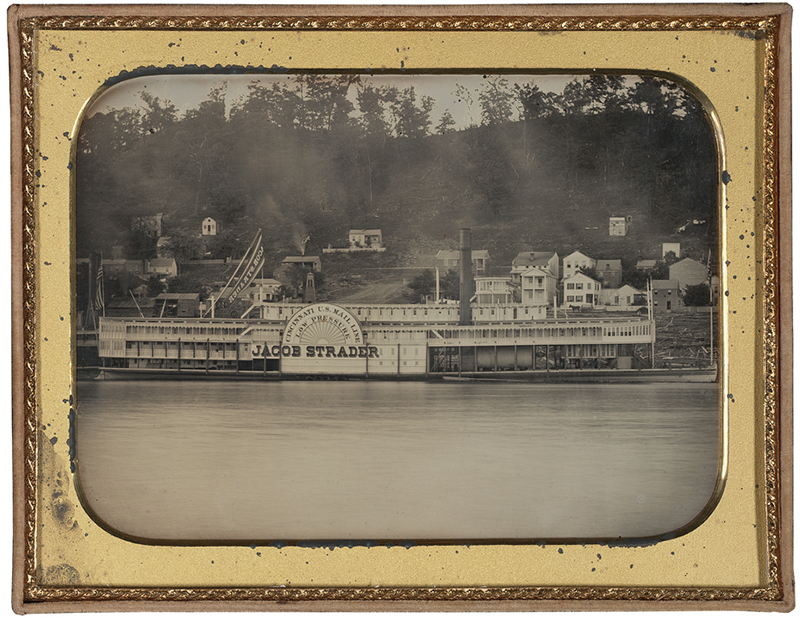
Sacred Spaces of Greater Cincinnati (2008) earned Voyageur Media a Regional Emmy Award, as well the prestigious Public Education and Awareness Award of the Ohio Historic Preservation Office in 2008. I had the honor of participating in that documentary, as well as consulting for their latest venture, episode 1 of an envisioned 3-part series entitled, The Big Picture: A History of Photography in Greater Cincinnati.
Episode 1, entitled “Capturing Life” (1839–1869), traces the parallel developments of the daguerreotype and the calotype in 1839. Louis Jacques Mandé Daguerre of France invented the daguerreotype, a copper plate which, when exposed to light and treated with a chemical solution, produced a direct-positive image. At the same time, William Henry Fox Talbot of England developed the calotype, whereby a paper negative could be used to produce multiple positive prints. In that same year, Dr. John Locke, a Cincinnati scientist, used Talbot’s basic process to create so-called “photogenic drawings,” exhibited at the bookstore of Alexander Flash in Cincinnati. As the documentary claims, “They were the first photographs ever exhibited in the United States.”

Capturing Life takes us on an epic journey where Cincinnati and the Ohio River are the centerpieces of photographic innovation. It details the lives of artist-photographers Ezekiel Hawkins, Thomas Faris, Charles H. Fontayne, and William S. Porter. Chris Smith, of the Cincinnati Public Library, describes Fontayne and Porter’s exquisite 1848 daguerreotype of Cincinnati for us in fascinating detail. This multi-plate view of Cincinnati was taken from the roof of a building in Newport, across the Ohio River.

The documentary next examines the further development of photography, as seen in a new era of “wet collodion processes,” whereby a collodion mixture was added to plates of either glass or metal, inserted into a camera and used quickly before the collodion dried. If applied to glass, an ambrotype resulted. On the other hand, tintypes used metal plates. The durability of tintypes made them very popular during the Civil War era, as soldiers could carry photographs of loved ones with them. Likewise, loved ones at home could keep tintypes of their soldiers close at hand.
Capturing Life is replete with all kinds of pleasant discoveries, from an examination of early women photographers to the impressive production of African-American photographer James Presley Ball, to the enthralling and pathbreaking underground photography of Mammoth Cave by Charles Waldack. Scholars enliven the narrative with anecdotal stories, including Mandy Askins (Cincinnati Observatory), Arabeth Balasko (Cincinnati Museum Center), Michael Coyan (Warren Co. Historical Society), Chris Howes (Cave Photographer/Author), Dr. Theresa Leininger-Miller (University of Cincinnati), Chris Smith (Cincinnati Public Library), Dr. Nathaniel Stein (Cincinnati Art Museum), Michael Wilson (photographer) and Gary Zimkus (Warren Co. Historical Society).
To accompany the documentary, lesson plans for teachers are available at voyageurmedia.org. Please note, however, that these lesson plans are fun for everyone, including adults. They feature some of the iconic photographs used in the documentary.
“Capturing Life” (1839–1869) premieres on public television at 4:30 p.m. on Sunday, February 16 on these PBS affiliates:
• CET (Greater Cincinnati and Northern Kentucky)
• Think TV (Greater Dayton and Oxford, Ohio)
Paul A. Tenkotte, PhD is Editor of the “Our Rich History” weekly series and Professor of History and Religious Studies at Northern Kentucky University (NKU). He can be contacted at tenkottep@nku.edu. Tenkotte also serves as Director of the ORVILLE Project (Ohio River Valley Innovation Library and Learning Enrichment). For more information see orvillelearning.org



